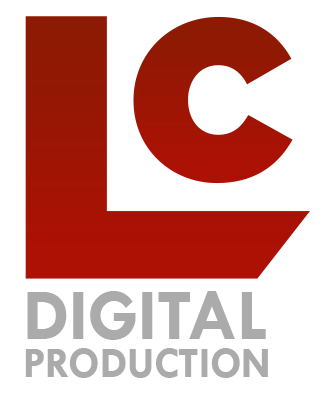Communicating Fossil Fuel Companies' Transition to Renewable Energy: The Power of Video Production
9/28/20232 min read
Fossil fuel companies face significant challenges in effectively communicating their commitment to transitioning to renewable energy. The public often questions the credibility of such initiatives, perceiving them as mere public relations strategies rather than genuine commitments. Additionally, there are concerns related to greenwashing, the complexity of the energy transition, lack of awareness, and resistance from stakeholders. Here, we delve into these issues and explore how video production can serve as a powerful tool to address them.
1. Credibility and Trust Issues
Fossil fuel companies grapple with credibility and trust issues when it comes to communicating their shift to renewable energy. The public may view their efforts with skepticism, questioning the authenticity of the transition.
Solution through Video Production:
Creating authentic and transparent video content that showcases the company's journey, investments, and specific actions toward renewable energy can build credibility. Featuring interviews with executives, employees, and renewable energy experts can convey sincerity and demonstrate the company's dedication to the transition.
2. Perception of Greenwashing
Public skepticism often leads to a perception of greenwashing, where companies are accused of overstating their commitment to renewable energy without taking meaningful actions.
Solution through Video Production:
Producing informative videos that clearly outline the company's renewable energy goals, achievements, and progress over time can dispel greenwashing concerns. Presenting data, timelines, and success stories in an engaging and transparent manner can help counter this perception.
3. Complexity of Energy Transition
Explaining the complexities and challenges of transitioning from fossil fuels to renewable energy can be daunting. Technical aspects, regulatory hurdles, and financial investments involved can overwhelm the general public.
Solution through Video Production:
Simplifying complex concepts through visual storytelling in videos can make the energy transition more accessible and understandable to a broader audience. Using animations, infographics, and real-world examples can break down technical jargon and present the information in an engaging and digestible format.
4. Lack of Education and Awareness
Many individuals may not fully grasp the benefits of renewable energy or the urgency of transitioning away from fossil fuels. Fossil fuel companies need to educate the public about the environmental and societal advantages of renewable energy.
Solution through Video Production:
Creating educational videos that highlight the environmental and social benefits of renewable energy, along with the adverse impacts of continued fossil fuel usage, can help increase awareness. Incorporating testimonials from experts, affected communities, and environmental advocates can add credibility to the message.
5. Resistance from Stakeholders
Both internal and external stakeholders, including employees, investors, and shareholders, may resist the transition due to concerns about job security, financial impact, or perceived risks associated with renewable energy investments.
Solution through Video Production:
Producing videos that address stakeholders' concerns and explain the long-term benefits of the transition can help alleviate resistance. Featuring success stories of employees who have transitioned to roles in the renewable energy sector can demonstrate the positive impact of the transition on job opportunities and job satisfaction.
In conclusion, leveraging video production to communicate a genuine commitment to transitioning to renewable energy involves creating transparent, informative, and engaging content. Addressing credibility issues, dispelling misconceptions, simplifying complexities, educating the public, and alleviating stakeholder resistance are vital aspects of this communication strategy. The power of visual storytelling through videos can bridge the gap between fossil fuel companies and the public, fostering trust and understanding in the transition to renewable energy.

Contact
info@lcdigitalproduction.com


